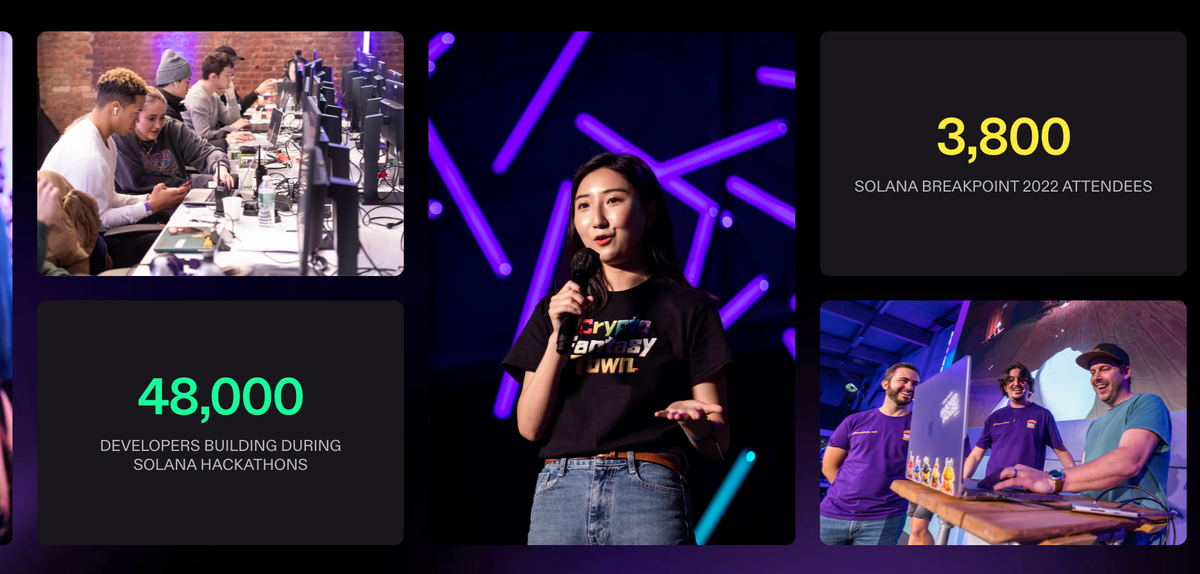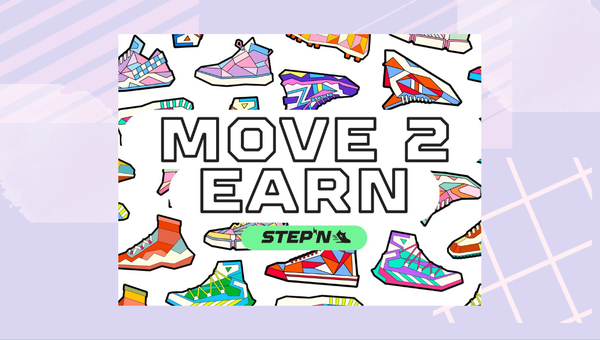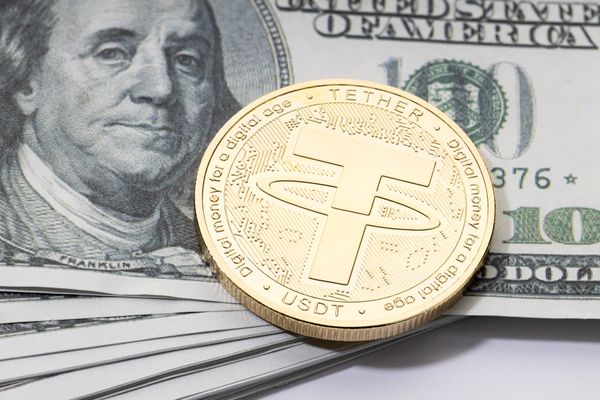A beginner's guide to Solana

Solana is a rapidly growing Layer 1 blockchain that aims to provide high-performance, scalable, and low-cost solutions. It is a competitor to Ethereum and distinguishes itself through its unique consensus mechanism, called Proof of History (PoH), which operates on top of a PoS mechanism, low transaction or gas fees and its ability to process a high number of transactions per second.
$SOL is the native token of the Solana blockchain.
Setting Up a Solana Wallet
Before you can start exploring the Solana ecosystem, you'll need a wallet to store your assets. Popular options include the official Solana Wallet, Sollet, or other third-party wallets like Phantom and MathWallet. Choose one that suits your preferences and follow the setup instructions to create your wallet.
Acquiring SOL (Solana's Native Token)
SOL is the native cryptocurrency of the Solana network. You can acquire SOL through various cryptocurrency exchanges such as Binance, Coinbase, or FTX. Once you've purchased SOL, transfer it to your Solana wallet to start participating in the ecosystem.
Staking SOL: Contributing to the Solana Ecosystem
Staking SOL is not just an investment strategy; it's a way to contribute to the security and stability of the Solana network. By staking your SOL, you participate in the Proof-of-Stake consensus mechanism, helping validate transactions and secure the blockchain.
How to Stake SOL
- Choose a Staking Provider: Many wallets and dedicated staking platforms offer SOL staking services. Research and choose a provider that aligns with your preferences and requirements.
- Delegate Your SOL: Once you've selected a staking provider, delegate your SOL to their staking pool. Delegating involves locking up your SOL to support the network and, in return, earning staking rewards.
- Monitor and Reinvest: Keep an eye on your staking rewards, and consider reinvesting them to compound your earnings. Staking is a long-term commitment, and reinvesting can maximize your returns over time.
The Solana Ecosystem
The Solana ecosystem has become a hub for various DeFi and NFT projects.
The Solana ecosystem has become a hub for various decentralized finance projects. DeFi protocols built on Solana offer users opportunities for lending, borrowing, decentralized exchanges, and yield farming, among other financial services.
Solana has gained popularity as a platform for NFTs, which are unique digital assets representing ownership of digital or physical items. Artists, creators, and collectors have embraced Solana for its speed and cost-effectiveness in minting and trading NFTs.
sure, here are some things to do on-chain:
— mert | helius.dev (@0xMert_) November 9, 2023
- DePIN: helium, hivemapper, render, onocoy, shdwdrive, teleport
- Payments: tiplink, ottr, code, solana pay, shopify, visa, meso, sphere, decaf, sollinked
- DeFi: jupiter, drift, mrgn, solend, orca, phoenix, kamino, zeta,…
The Solana Ecosystem
Navigating Popular Solana NFT Projects
NFTs have taken the art and digital collectibles world by storm, and Solana has become a hotspot for innovative NFT projects. Here are a few notable ones:
- Degenerate Ape Academy: Join the vibrant community of Degenerate Apes, unique hand-drawn NFTs that have gained popularity for their distinctive style and engaging community events.
- OK Bears: Okay Bears is a collection of 10,000 non-fungible tokens (NFTs). The bears were algorithmically generated and released on the Solana blockchain in April 2022.
- Aurory: If you're looking for a touch of fantasy, Aurory offers stunningly crafted NFTs set in a magical world. Each piece is a work of art, representing the creativity flourishing on Solana.
- Solana Monkey Business: Solana Monkey Business (SMB) is a collection of 5,000 pixelated monkeys. The collection is stored on the Solana blockchain. Gen3 collection is the most recent launch and has 15,000 pixel art Monkey NFTs.
Decoding the Solana DeFi Landscape
Decentralized Finance, or DeFi, is a cornerstone of the Solana ecosystem.

Here are a few DeFi projects that are making waves:
- Marinade: Marinade Finance is a non-custodial staking protocol for Solana. It was founded in March 2021 during a hackathon on Solana's blockchain. Marinade lets users stake SOL in exchange for mSOL, a liquid staking token that unlocks the liquidity of the staked token.
- Jito: A liquid staking service on Solana that distributes MEV (maximum extractable value) rewards to holders. Jito is considered a secure and trustable staking service. Jito's goals include making Solana more efficient and its Stake Pool helps decentralize Solana by spreading stake across the network.
- Solend: Solend is a decentralized finance (DeFi) protocol built on the Solana blockchain. It aims to provide decentralized lending and borrowing services, allowing users to lend and borrow various cryptocurrencies on the Solana network.
- Orca: Orca is a decentralized finance (DeFi) platform that allows users to exchange cryptocurrency on the Solana blockchain. Orca's goal is to make DeFi more accessible and user-friendly.
Solana Pay and Shopify
Solana Pay is a decentralized, open-source, peer-to-peer payments protocol built on top of the Solana blockchain by Solana Labs.
Shopify recently launched a Shopify App to enable merchants to accept USDC payments using Solana pay. Solana Pay integrates with Shopify as a new payment option. Shopify customers can now pay in USD Coin (USDC) via an integration with Solana Pay. Solana Pay has low fees. It can save 1-3% on transaction fees compared to traditional payment processors. To install Solana Pay, you can:
- Visit the Shopify Solana Pay App Installation Link.
- Click on the “Install” button.
Solana Pay integrates its plug-in with Shopify to allow millions of businesses to use USDC stablecoins for payments to online businesses.
Solana Pay Ecosystem
Although Shopify is a flagship brand to integrate Solana Pay, there is a lot more happening in Solana's payments ecosystem.
Show us a more comprehensive payments ecosystem; we'll wait…😏
— Yash Agarwal (@yashhsm) May 27, 2023
🚨 Launching the first of its kind, “Solana Payments Ecosystem Map” ft. LIVE projects by category⚡⇩ pic.twitter.com/S7ttpFWuY6




